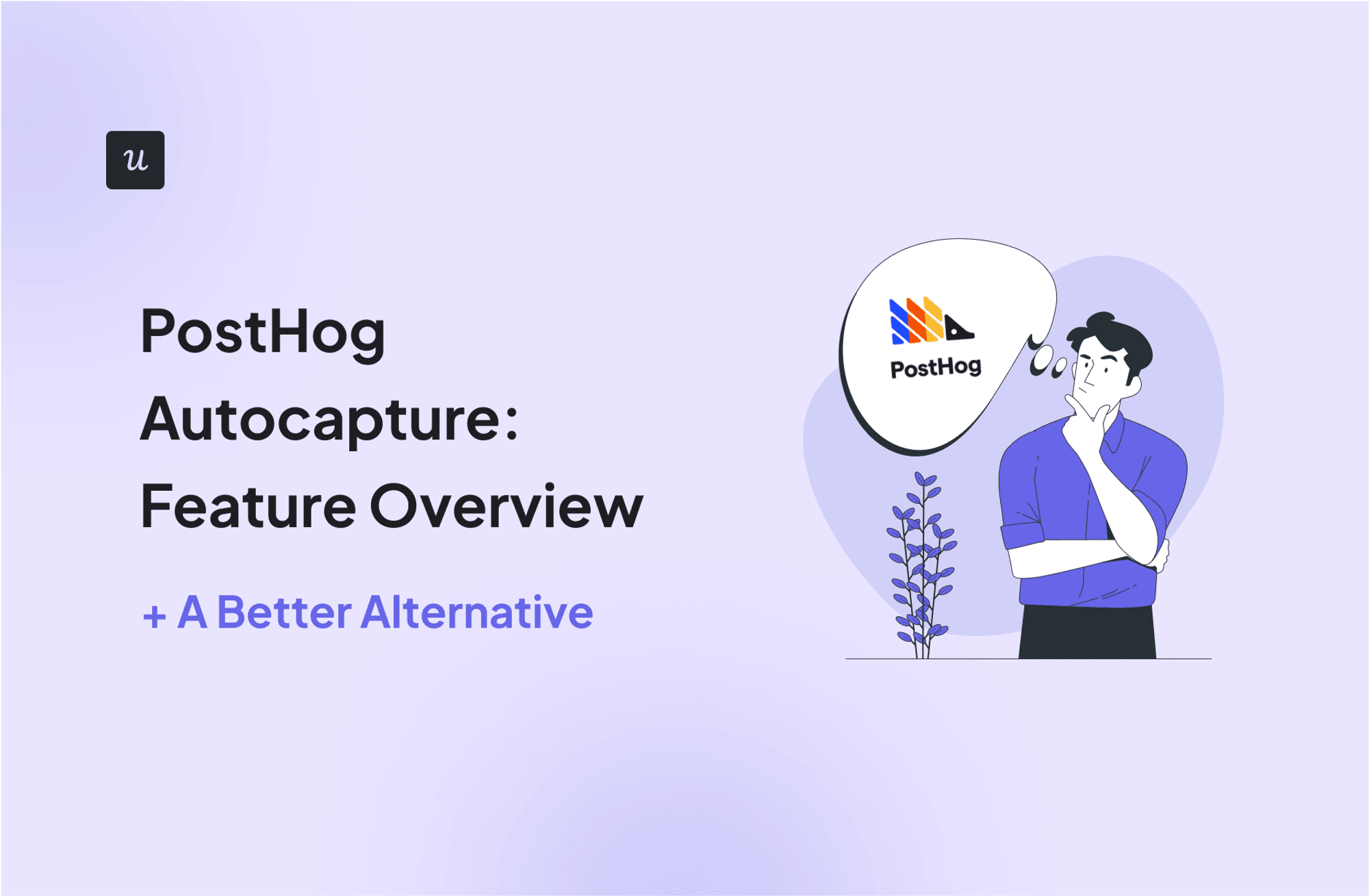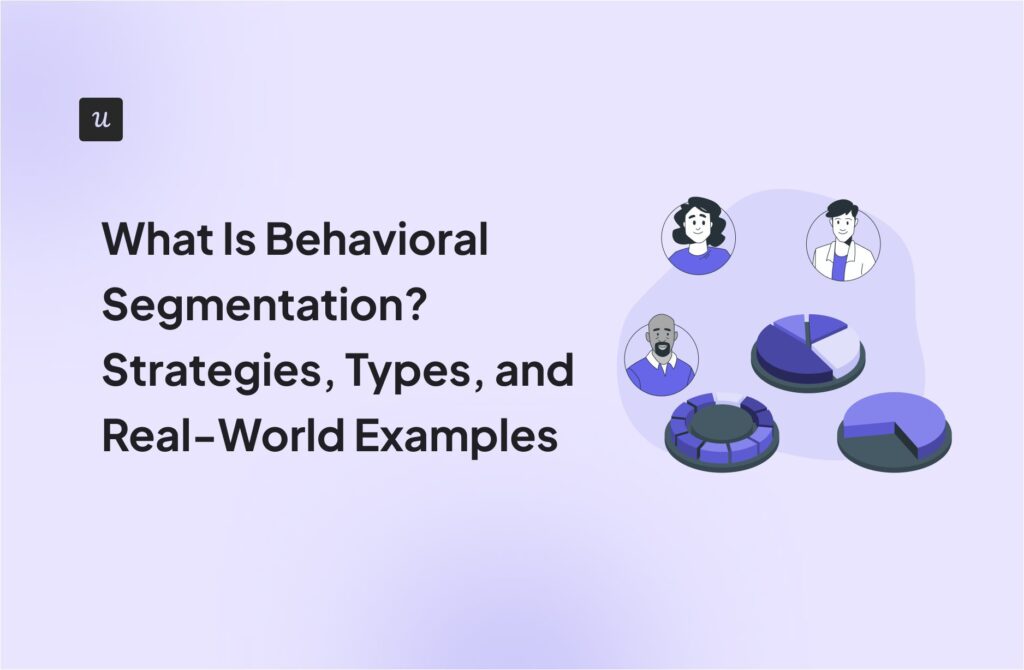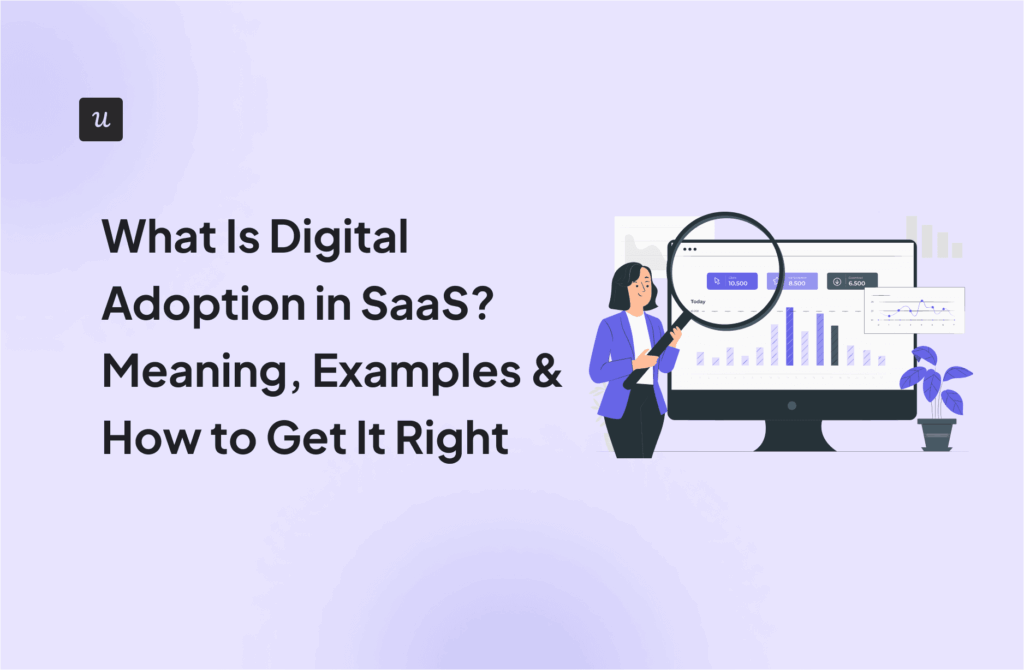
Looking to get started with click funneling? This powerful marketing strategy can significantly boost your conversions and fuel product-led growth when applied correctly.
In this article, we’ll cover the fundamentals and best practices of click funnels, from the initial steps of conducting user research to more advanced aspects like lead classification and conversion rate optimization.
Let’s dive right in!
Try Userpilot Now
See Why 1,000+ Teams Choose Userpilot

TL;DR
- Click funneling involves creating a series of interconnected marketing assets to guide prospective customers through a specific conversion process.
- A click funnel targets events like getting visitors to download a lead magnet or book a product demo. On the other hand, an optimal sales funnel aims to close a deal as quickly as possible and convert the user into a paid customer
- Curious about the difference between landing pages and click funnels? Landing pages are standalone pages with a single conversion goal, while click funnels are multi-step customer journeys involving interconnected landing pages and other various marketing touchpoints.
To create a click funnel, follow the below steps:
- Conduct user research to understand your target.
- Decide on your conversion event.
- Create sales funnel assets and lead magnets.
- Classify your leads according to their stage in the sales process.
- Use email marketing campaigns and other strategies to nurture qualified leads and drive conversions.
- Analyze the conversions and improve your funnel steps.
Userpilot can help you with click funneling in the following ways:
- Create funnel assets using different UX patterns.
- Use auto capture to automatically record user clicks.
- Build a custom dashboard to track key conversion metrics.
- Leverage funnel reports to identify friction points.
- Run A/B tests to optimize your click funnel and convert more leads.
Ready to create an in-app marketing funnel that converts? Get a demo today and we will show you how!
What is click funneling?
Click funneling is a marketing strategy that involves creating a series of interconnected pages and marketing assets to guide potential customers through a specific sales process.
The goal is to nurture leads, build relationships, and implement funnel tracking to identify and convert highly qualified leads.
Click funnels vs sales funnels
Although similar in many ways, their uses and design are slightly different.
A click funnel is a tactical approach that primarily focuses on guiding prospective customers through several conversion paths that lead to a key event.
In contrast, a sales funnel takes a more strategic and comprehensive approach. It maps out the various sales stages a customer goes through, from initial awareness to the final purchase decision and beyond.
Another important difference is that sales funnels aim for a purchase, while click funneling can have other conversion goals, like getting visitors to download a lead magnet, sign up for a newsletter, or book a demo.
Note that it doesn’t have to be a this or that choice. You can apply both approaches in tandem: use a sales funnel to outline the overall customer journey and then implement specific click funnels at different stages of your sales process to optimize conversion.

Click funnel vs landing page
A landing page is a standalone web page designed with a single, focused objective: to get visitors to take a specific action, such as signing up for a free trial or downloading an ebook.
The objective is similar to what click funnels help you achieve. However, a click funnel is a multi-step process involving interconnected landing pages and cross-platform engagements.
How to create click funnels
Now that you’ve gotten the gist of click funneling, let’s explore how to create one for your SaaS.
1. Conduct user research to understand your potential customers
The first step is to invest in understanding your target audience. Knowing what problems your users are trying to solve makes it easier to create marketing assets that resonate with them.
One of the most effective ways to do this is to create detailed user personas—data-backed fictional representations of your ideal customers that cover vital information like demographics, behaviors, pain points, and goals.

To collect this information, you can either conduct direct customer feedback surveys or dig into product analytics in the case of an existing product.
2. Decide on your conversion event
What do you need your click funnel(s) to achieve?
The funnel will naturally have multiple steps, but decide on the key conversion event that marks success.
This conversion event should directly support your broader business objectives, whether it’s generating leads, increasing your user base, or boosting customer engagement. An example of a good conversion event could be signing up for a newsletter, registering for a webinar, becoming a paying customer, or buying an upgrade.
3. Create sales funnel assets and lead magnets
Funnel assets are the materials you use to guide target customers through a conversion funnel, while lead magnets are specific types of funnel assets used primarily at the top of the funnel (awareness stage) for lead generation.
Some funnel assets you can use to fuel your lead generation strategies include landing pages, social media content, infographics, videos, podcasts, ebooks, webinars, paid ads, and industry reports.
For example, Userpilot created a Product Metrics Benchmark report and uses it as a lead magnet for in different click funnels.

Always remember the golden rule of lead magnets: what you’re giving users in exchange for their details has to be something super valuable. For example, Userpilot’s benchmark report contains data analyzed from over 500 SaaS companies. That’s not something you see every day, so the right audience will happily download it.
SurveyMonkey’s landing page is another example of a good funnel asset. The messaging clearly explains what visitors will benefit from signing up. In addition, the lead capture form asks the right questions to help the company filter visitors and capture good-quality leads.

4. Classify your leads according to their stage in the sales process
Leads are prospective customers who fit into your user persona and have expressed interest by interacting with your funnel.
Not all leads are equal, so classifying them helps you run targeted marketing campaigns for each segment. Here are the different categories:
- Warm leads: These prospects have shown some level of engagement with your brand, but may not be ready to buy yet.
- Hot leads: At the other end of the spectrum, hot leads have actively demonstrated a strong interest in your product. For example, they might have requested a product demo or contacted your sales team.
- Information Qualified Leads (IQL): An IQL is someone who has engaged with your content and provided some basic information about themselves but hasn’t yet shown a clear intent to buy. They’re still in the early stages of the customer journey, seeking information and exploring their options.
- Sales Qualified Leads (SQL): An SQL is a lead who has met specific criteria defined by your sales team, indicating a clear readiness for sales engagement.
- Marketing Qualified Leads (MQL): An MQL has engaged with your marketing efforts and shown a potential fit for your product, but may not be ready for a sales conversation yet. You can convert MQLs to SQLs with a bit of nurturing.
5. Nurture the qualified leads to drive conversions
Once you identify the leads with the potential to become customers, segment them and use targeted email campaigns and personalized landing pages to drive them further down the sales process.
Here’s an example from Grammarly—a special offer email sent to free users who understand how the tool works and are most likely to convert from free to paid.

6. Analyze the click funnel and improve
Decide on a few product metrics based on your conversion goal. Then, regularly track these metrics to gauge your performance and iterate accordingly. For example, if you aim to boost your paid user base, a key metric to track is your free-to-paid conversion rates.
Besides your primary metric, you can also track related KPIs to get a holistic picture. In our example above, other growth metrics you might want to track alongside free-to-paid conversion include the number of sign-ups, email open rates, time to value, and core feature adoption rates.
Click funnel example
Here’s an example of a complete click funnel:
Conversion goal: Drive more free trials.
Funnel assets: LinkedIn ads, landing pages, a webinar, and email marketing.
This funnel begins with a catchy LinkedIn ad inviting the target audience to one of Userpilot’s webinars. Leads who click the link will be taken to a landing page where they can sign up for the webinar.
After the webinar, these leads will receive an email that further nurtures them and directs them to another landing page where they can register for a free trial. Mission complete.
How can Userpilot help marketing teams with click funneling
Userpilot is a product growth tool with features that help product teams boost growth metrics at every stage of the user journey.
Here’s how Userpiot features can help you with click funneling:
- Create funnel assets using different UI patterns: Userpilot allows you to create engaging in-app flows using UI patterns like modals, slideouts, checklists, tooltips, and more. For example, you can create an interactive walkthrough with multiple UI patterns that show users the step-by-step process of using a premium feature. Then, end the sequence with an in-app message that prompts them to upgrade.

- Automatically capture user clicks inside the product: User clicks are considered a type of in-app event in Userpilot and are automatically recorded. Other forms of interaction that Userpilot autocaptures include text inputs and form submission. The captured user events are raw and unfiltered—some of which you may not need. You can utilize Userpilot’s labeling feature to define specific actions—e.g., “clicks on XYZ prompt”—for easy retroactive analysis.

- Use dashboards to track key conversion metrics: You can choose from the templates available or design a dashboard from scratch that unifies all metrics related to your click funnel in a single view.

- Leverage funnel reports to identify the friction points: With Userpilot, you can visualize your click funnels and see where users drop off. Then, investigate further to understand and address the underlying issue.

- Run A/B tests to optimize click funnels: Not sure what drives the most conversions in your click funnel? Userpilot empowers you to conduct A/B tests to determine what works. You can test different in-app messaging elements like button colors, copy, placements, and whatnot.

Conclusion
If you’re looking for a tool to help you gain deeper insights into your audience and optimize your click funnels, consider Userpilot.
It’s an all-in-one solution that can help you track in-app user behavior, conduct feedback surveys to gather qualitative data, iterate on funnel designs, and track the results over time.
Ready to begin? Book a demo to discuss your click funneling needs with our team today!







